To this day, cup and valve leathers remain the product of choice for many applications. Even after investigation into better synthetic materials, leather was found to be superior for certain applications. The list of benefits that leather has compared to other materials is the reason it is still being used to this day.
In this post, we take a look at what cup and valve leathers are, where they are used, find out why the cup and valves are made out of leather and even walk through the replacement process. Let's take a look.
Cup & Valve Leathers
Cup and valve leathers are soft and water proof. They are commonly used on piston pumps, shallow 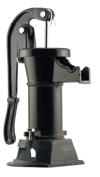 setting brass cylinder barrels, air pumps or other applications
setting brass cylinder barrels, air pumps or other applications 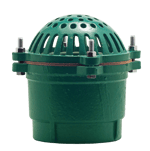 where minimum water absorption and swelling is desired. Valve leathers are also very popular being used in hand pumps and cast iron flapper foot valves. To take a look at how valve leathers are used with hand pumps, check out our post, The World of Hand Pumps.
where minimum water absorption and swelling is desired. Valve leathers are also very popular being used in hand pumps and cast iron flapper foot valves. To take a look at how valve leathers are used with hand pumps, check out our post, The World of Hand Pumps.
Why Leather?
As technology advances, a synthetic material has been considered to replace leather but no material has the diverse attributes of leather. Leather is wear resistant, tough and unaffected by the cold 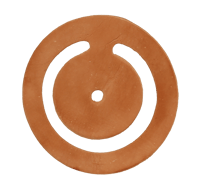 allowing it to withstand high pressure at low temperatures. It has a low coefficient of friction which means it generates less heat, lasting longer as a result. Leather contains greases, oils and waxes that is required for various
allowing it to withstand high pressure at low temperatures. It has a low coefficient of friction which means it generates less heat, lasting longer as a result. Leather contains greases, oils and waxes that is required for various 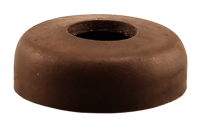 applications making leather seals airtight to hydraulic fluids and air.
applications making leather seals airtight to hydraulic fluids and air.
Leather cups and flanges take on the shape they need in order to seal properly, something rubber or plastic cannot do as they are not flexible enough. Leather is also more cost effective compared to synthetics which is another reason why leather is still being used for presses, cylinders and valves to this day.
Replacing a Valve Leather in a Flapper Foot Valve
- First, you will need to unscrew the foot valve from the combination nipple in the suction hose. You will need to turn it counter-clockwise.
- You can then remove the four nuts from the hex bolts.
- Once you have removed the four nuts, you will need to remove the four bolts from the foot valve.
- Next, you can separate the foot valve in four parts: the strainer, the metal sealing ring, the valve leather assembly and the valve body.
- Once you have the four separate parts, you can remove the nut, leather washer and bolt from the centre holes in the discs and the leather valve flapper. You can then separate the valve flapper from the discs.
- The metal parts will now need to be cleaned with cleaning solvent and a wire brush.
Now that you have taken it apart, you can start the reassembly process.
- First, install the discs on each side of the NEW leather valve flapper. You will need to secure with screw & leather washers and the nut.
- Install the valve assembly onto the metal sealing ring so that the disc fits inside the hole of the metal sealing ring.
- Next, install the metal sealing ring and valve assembly onto the valve body so the assembly can rest on the valve body flange which is being held in place by the metal sealing ring.
- The last step is to install the strainer onto the metal sealing ring, the valve assembly and the housing. You then need to secure with the four bolts and nuts.
- The foot valve will then need to be screwed onto the combination nipple in the suction hose to finish the installation process.
Now that we've walked through the disassembly and reassembly process, we hope you have the confidence to replace the valve leathers in a flapper foot valve on your own. But don't worry, keep this post handy to make sure you haven't skipped a step or just to ensure the process gets done smoothly.
Have further questions about this subject?

Head over to Boshart's Knowledge Base: technical product information, guidelines, and more.


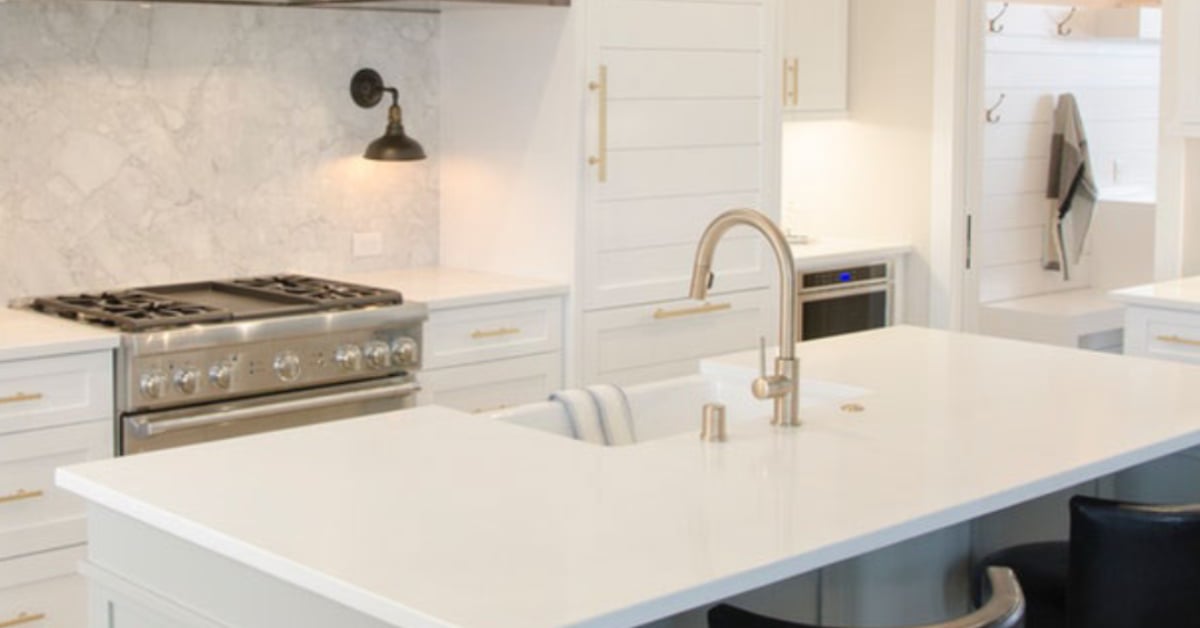

![[Video] What the Heck is a Ball Valve?](https://blog.boshart.com/hubfs/40.jpg)
SHARE